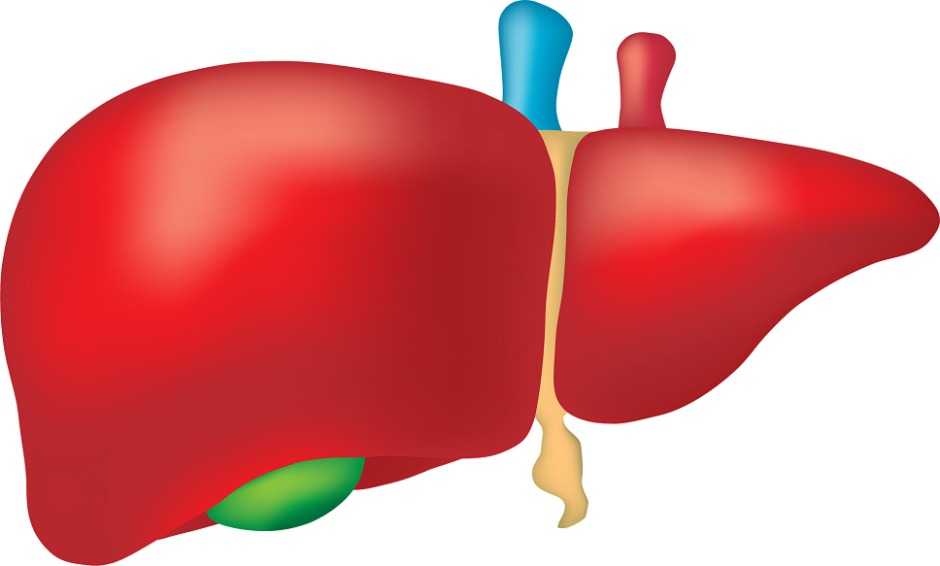SCIENTISTS have shown how high-risk primary biliary cholangitis (PBC), or PBC in patients who do not respond to conventional treatment, has distinct differences in its molecular signature compared to its low-risk form.
Among the PBC patient population, 30% of individuals are unresponsive to ursodeoxycholic acid (UDCA) therapy which can halt the progression of the long-term liver disease. It is not known whether patients will successfully respond to UDCA until a year after treatment. New research from Newcastle University, Newcastle, UK, shows how looking at the genetic signature of liver tissue samples could enable early identification of patients at high risk of PBC and non-responders to treatment.
Scientists analysed the samples of diagnostic liver biopsies from six patients who progressed to have high-risk PBC and eight patients who progressed to have low-risk PBC. Low-risk patients were defined as being responsive to UDCA which was sustained after a minimum of 15 years and who did not require a liver transplantation. The high-risk patients were defined as non-responders to UDCA at 1 year of treatment and who subsequently required liver transplantation at follow-up.
The team then looked at the gene expressions of the samples and found 107 immune-related genes to be significantly different between high and low-risk PBC. They also saw that CDKN1a was upregulated in high-risk PBC. The genetic product of CDKN1a is p21WAF1/Clp which is a marker of biliary senescence and was found to have higher expression levels on bile ducts in the liver tissue of high-risk patients compared to low-risk.
The researchers believe that their findings could allow the development of a molecular ‘signature’ gene set for use as a practical therapy stratification tool. They concluded that their study had showed the risk of PBC is pre-determined by biological differences rather than whether a patient responds to UDCA. A tool enabling early identification of whether the disease is high-risk or low-risk can thus establish which individuals are likely to benefit from novel second-line therapies.
Jack Redden, Reporter








